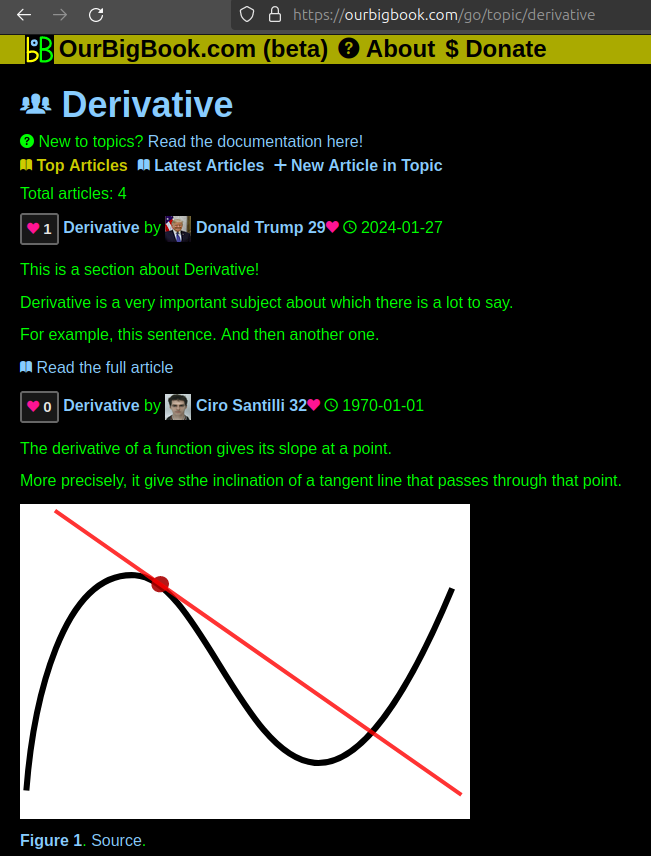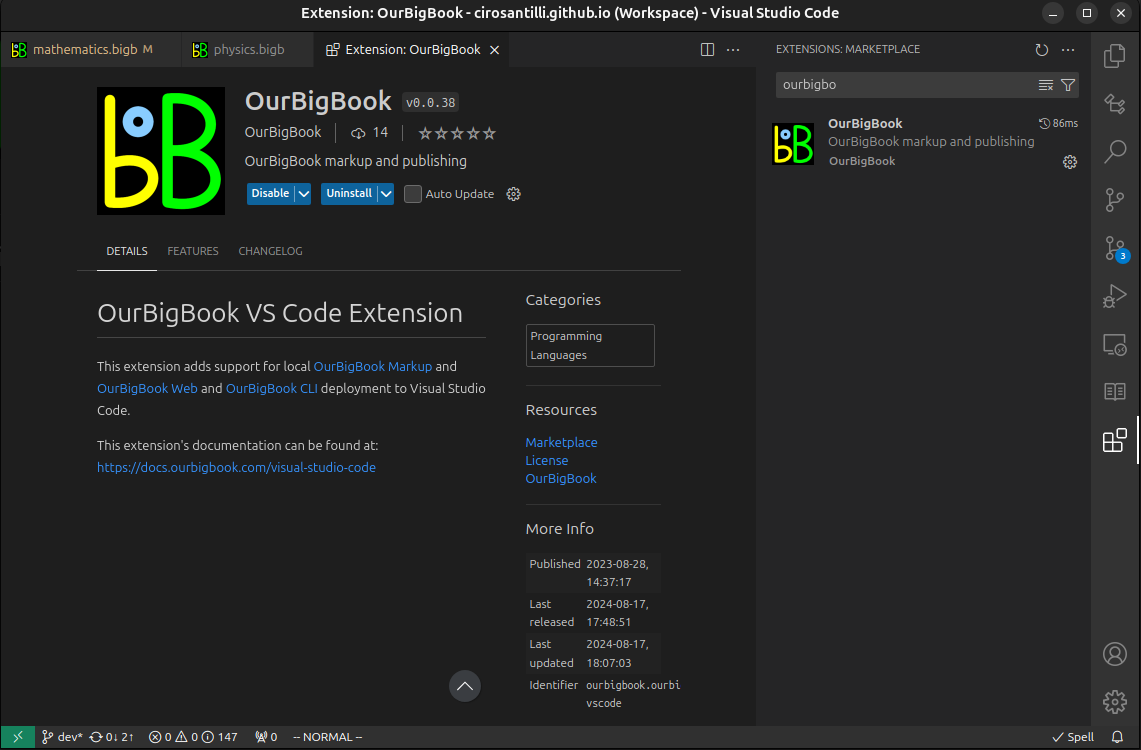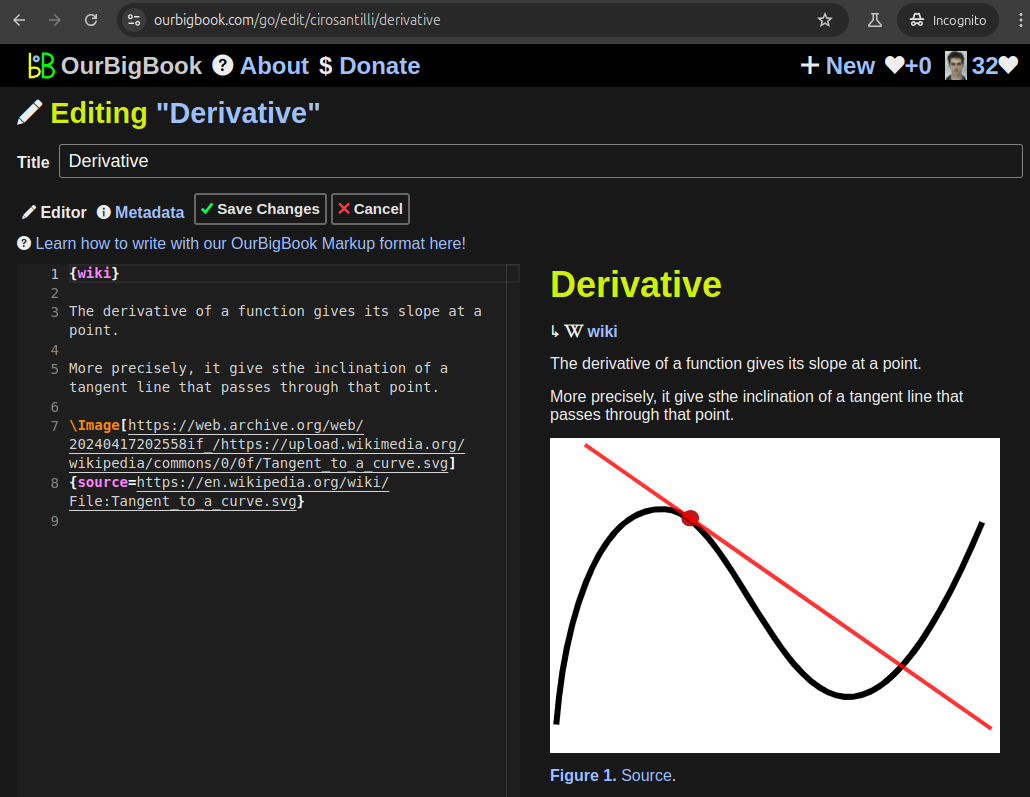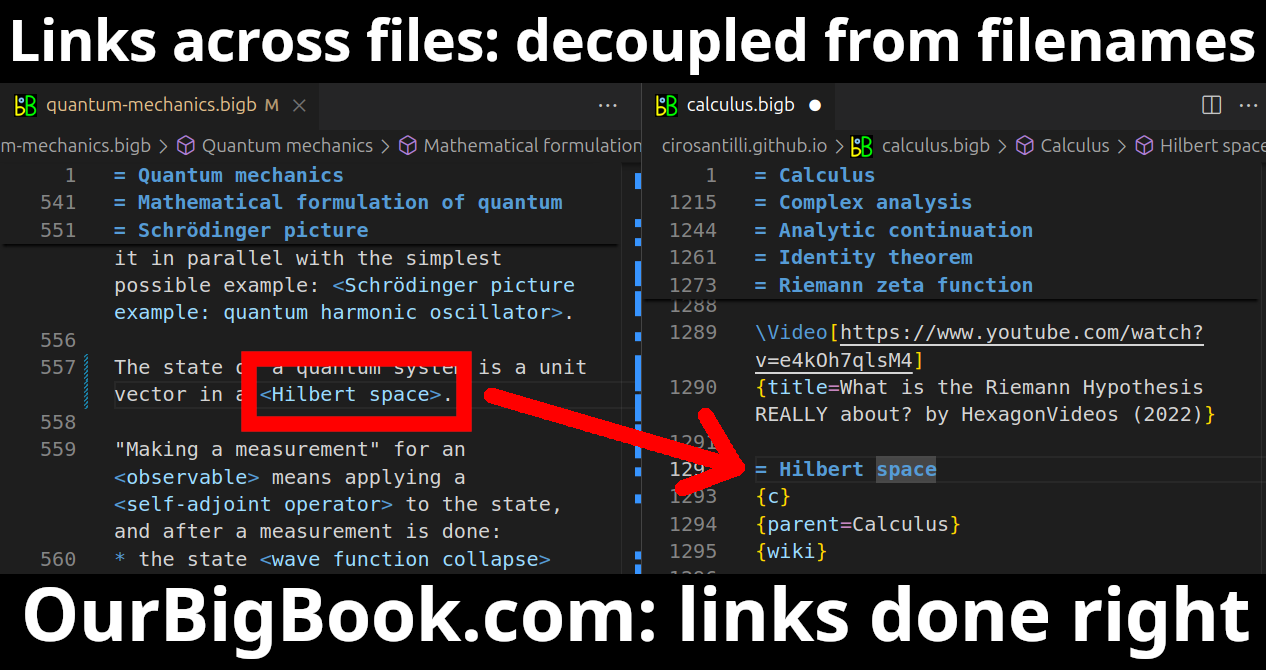Conservation and restoration of glass objects are specialized practices aimed at preserving and maintaining the integrity, aesthetic qualities, and historical significance of glass artifacts. These processes are essential in museums, galleries, and collections where glass items—such as sculptures, vessels, stained glass, and historical artifacts—are displayed and stored. Here’s a brief overview of both concepts: ### Conservation 1. **Definition**: Conservation refers to the systematic approach to preserving the material and historical integrity of objects.
A glass melting furnace is a specialized industrial furnace used to melt raw materials to produce glass. It operates at high temperatures typically ranging from 1,600 to 2,000 degrees Fahrenheit (about 870 to 1,100 degrees Celsius). The furnace is designed to provide a controlled environment for melting a mixture of silica sand (the primary ingredient in glass), soda ash, limestone, and various additives depending on the desired glass composition.
GPS animal tracking is a technology used to monitor and record the movements and behaviors of animals using Global Positioning System (GPS) technology. The process typically involves attaching a GPS collar or tag to the animal, which can then receive signals from satellites to determine its location. The collected data can be transmitted in real-time or stored for later retrieval.
Geohashing is a method for encoding a geographic location (latitude and longitude) into a compact string of characters that can also be used for various purposes including spatial indexing and geographic data representation. The technique uses a hierarchical grid system that divides the Earth into a series of boxes, each identified by a unique alphanumeric string. ### How Geohashing Works: 1. **Grid System**: The Earth is divided into a grid of rectangles. Each rectangle corresponds to a specific geographic area.
Vitrification is the process of converting a material into a glass-like solid state. This involves the transformation of a substance, typically involving a mixture of silica (silicon dioxide) and other compounds, into a non-crystalline (amorphous) structure through heating and cooling processes. In different contexts, vitrification can refer to: 1. **Nuclear Waste Management**: Vitrification is often used for the safe disposal of nuclear waste.
The Global Positioning System (GPS) involves a variety of people and organizations from different sectors, including government, military, and commercial entities. Here are some key players associated with GPS: 1. **U.S. Department of Defense (DoD)**: The GPS was developed and is maintained by the DoD, which oversees its operation and ensures its reliability for military applications. 2. **Navstar GPS Program**: This program, initiated by the U.S.
WAAS stands for Wide Area Augmentation System. It is a satellite-based augmentation system designed to improve the accuracy and reliability of Global Positioning System (GPS) signals. WAAS provides corrections to GPS signals by using a network of reference stations that monitor GPS satellite signals in real time. ### Components of WAAS: 1. **Reference Stations**: These are strategically placed ground stations that receive GPS signals. They are equipped with highly accurate GPS receivers.
Selective Availability Anti-Spoofing Module (SAASM) is a system used primarily in the context of Global Positioning System (GPS) technology, specifically in military applications. It enhances the security and reliability of GPS signals. Here are some key points about SAASM: 1. **Selective Availability (SA)**: Initially, GPS signals included a feature called Selective Availability, which intentionally degraded the accuracy of civilian GPS signals to protect military operations.
US Fleet Tracking is a company that provides GPS fleet tracking and vehicle management solutions. It offers various services that help businesses keep track of their vehicles in real time, optimize fleet operations, and improve overall efficiency. The features typically include vehicle location tracking, route optimization, driver behavior monitoring, maintenance alerts, and reporting tools. The systems are designed to help companies, especially those with large vehicle fleets, reduce operational costs, enhance safety, improve customer service, and ensure compliance with regulations.
Jughead is a search engine for locating and indexing information stored in Gopher, an early Internet protocol designed for distributing, searching, and retrieving documents. Developed in the early 1990s, Jughead stands for "Java-based Gopher Hierarchy Extraction and Distribution" and is specifically designed to enhance the usability of Gopher servers by allowing users to search for and retrieve documents more efficiently.
Smart Game Format (SGF) is a file format primarily used for recording and sharing game information, most notably in the context of board games like Go, chess, and other similar strategic games. The format is designed to be both human-readable and machine-readable, allowing for easy documentation of game moves, variations, comments, and other annotations.
NetPresenz is a software application that provides a way to share files over the Internet and allows users to connect to their computers remotely. It acts as a server that facilitates the transfer of files and enables remote access to resources, making it easy for users to manage their files and access their computers from different locations. Typically used by individuals and businesses for remote work, NetPresenz can also support various protocols, making it versatile for different networking environments.
"Civilization's Waiting Room" is a term often used to describe the concept of a place or state in which individuals, societies, or civilizations are in a sort of limbo while anticipating or preparing for significant changes or developments. This can be understood in various contexts, such as cultural, political, or technological transitions. In some discussions, it might refer to the idea that humanity is in a transitional phase, where current social, economic, or ecological challenges necessitate new solutions and innovations.
César Hidalgo is a prominent researcher and professor known for his work in the fields of networks, complexity science, and data visualization. He focuses on understanding the dynamics of technological and economic systems, often using computational tools and models to analyze data patterns. Hidalgo has also contributed to the study of innovation and knowledge transfer, examining how information flows among individuals and institutions.
"Government by algorithm" in fiction typically refers to a scenario where decision-making processes within a society are largely guided or determined by algorithms and data-driven systems, often through the use of advanced technology, artificial intelligence, and big data analytics. This concept explores themes related to automation, surveillance, control, and the implications of relying on technology to govern human affairs.
Operation Serenata de Amor is a Brazilian initiative aimed at promoting government transparency and accountability through the use of technology and civic engagement. Launched in 2013, it focuses on monitoring public expenditures and making government data more accessible to citizens. The project enables volunteers and citizens to collaborate in analyzing government expenditure data, particularly in the context of public services and social programs.
Palantir Technologies is a public American software company that specializes in big data analytics. Founded in 2003 and headquartered in Denver, Colorado, Palantir develops platforms for organizations to integrate, visualize, and analyze large amounts of data. Its software is particularly known for its applications in government, defense, intelligence, and commercial sectors.
Predictive policing refers to the use of data analysis and algorithms to forecast where and when crimes are likely to occur, as well as to identify potential offenders and victims. The goal of predictive policing is to enhance law enforcement's ability to prevent crime and allocate resources more effectively. Key components of predictive policing include: 1. **Data Collection**: Law enforcement agencies gather various data types, including historical crime reports, geographic information, sociocultural factors, and even social media activity.
Project Cybersyn was an ambitious initiative undertaken in Chile during the early 1970s, primarily under the government of President Salvador Allende. The project aimed to create a socialist, computer-based management system to optimize the country’s economy and enhance the efficiency of state-run industries. Developed by British cybernetician Stafford Beer, Project Cybersyn sought to integrate computers, cybernetics, and management science to collect and analyze real-time data from various sectors of the economy.
Pinned article: Introduction to the OurBigBook Project
Welcome to the OurBigBook Project! Our goal is to create the perfect publishing platform for STEM subjects, and get university-level students to write the best free STEM tutorials ever.
Everyone is welcome to create an account and play with the site: ourbigbook.com/go/register. We belive that students themselves can write amazing tutorials, but teachers are welcome too. You can write about anything you want, it doesn't have to be STEM or even educational. Silly test content is very welcome and you won't be penalized in any way. Just keep it legal!
Intro to OurBigBook
. Source. We have two killer features:
- topics: topics group articles by different users with the same title, e.g. here is the topic for the "Fundamental Theorem of Calculus" ourbigbook.com/go/topic/fundamental-theorem-of-calculusArticles of different users are sorted by upvote within each article page. This feature is a bit like:
- a Wikipedia where each user can have their own version of each article
- a Q&A website like Stack Overflow, where multiple people can give their views on a given topic, and the best ones are sorted by upvote. Except you don't need to wait for someone to ask first, and any topic goes, no matter how narrow or broad
This feature makes it possible for readers to find better explanations of any topic created by other writers. And it allows writers to create an explanation in a place that readers might actually find it.Figure 1. Screenshot of the "Derivative" topic page. View it live at: ourbigbook.com/go/topic/derivativeVideo 2. OurBigBook Web topics demo. Source. - local editing: you can store all your personal knowledge base content locally in a plaintext markup format that can be edited locally and published either:This way you can be sure that even if OurBigBook.com were to go down one day (which we have no plans to do as it is quite cheap to host!), your content will still be perfectly readable as a static site.
- to OurBigBook.com to get awesome multi-user features like topics and likes
- as HTML files to a static website, which you can host yourself for free on many external providers like GitHub Pages, and remain in full control
Figure 3. Visual Studio Code extension installation.Figure 4. Visual Studio Code extension tree navigation.Figure 5. Web editor. You can also edit articles on the Web editor without installing anything locally.Video 3. Edit locally and publish demo. Source. This shows editing OurBigBook Markup and publishing it using the Visual Studio Code extension.Video 4. OurBigBook Visual Studio Code extension editing and navigation demo. Source. - Infinitely deep tables of contents:
All our software is open source and hosted at: github.com/ourbigbook/ourbigbook
Further documentation can be found at: docs.ourbigbook.com
Feel free to reach our to us for any help or suggestions: docs.ourbigbook.com/#contact






